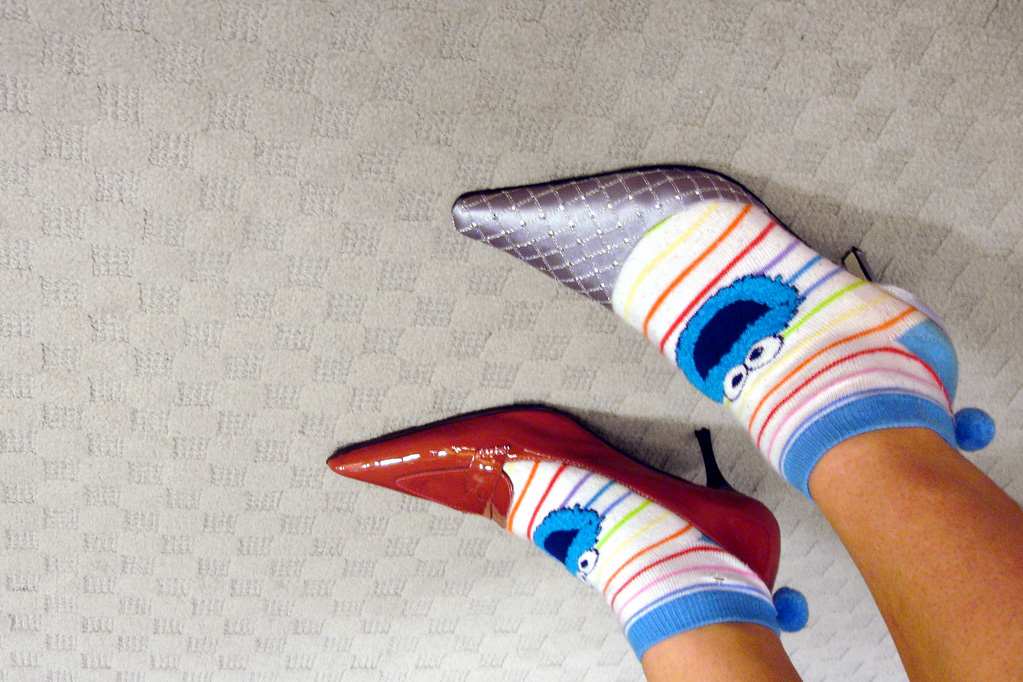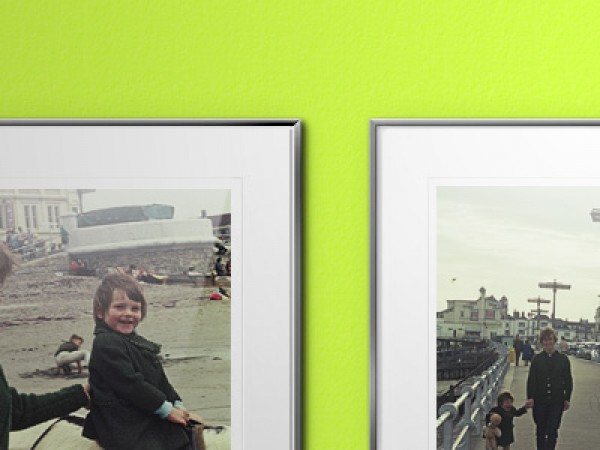Every frame we sell, from the uber-modern, funky ones to the classically stylish ones and from the cheap and cheerful, but indispensible, clip frames to the reassuringly expensive, cutting edge, multi-aperture models, is choosen for its quality.
Unlike chain stores or supermarkets, we don't source our frames from just one or two suppliers. We get to pick and choose just the good stuff from a wide range of suppliers. This means you get a wider variety of choice and the knowledge that we don't sell duff frames.
In recent times, as manufacturing has shifted to China and cost has become king, there has been a tendency for the quality and longevity of frames to fall along with the price. Cheap frames can often look good in the shop or on a website, but the litmus test for a frame is, will it still look in 3 or 5 years time?. In practice, most frames out last their owner's enthusiasm for a particular picture and, if, like us, you like to change the pictures in your frames on a regular basis, then quality really does matter. The weakest point of any frame is the delicate mechanism which holds the back of the frame on. If this fails, the frame will probably need to be replaced... and experience is pretty much the only way of gauging how well a frame will last.
Another thing worth mentioning is the relative cost of a photo frame versus its relative importance.
Realistically, a top quality photo frame (unless were talking one for poster sized prints or ones made of exotic materials) is going to cost you no more than a quarter of a tank full of petrol... yet, it's something that you'll live with for years, as one of the focal points of your home.
Plus, if you think about the cost of a frame, purely in terms of home decor, then the argument becomes even more compelling.
Think about what it would cost to completely redecorate your lounge. New underlay, new flooring or carpets, new woodwork, maybe a new fireplace or surround, a bit of building work, new lights, sockets and switches, a new settee, some furniture, a new telly, some tasteful nik-naks and a couple of days to do the painting/put the wallpaper up. You've spent all of that time, effort and money, you go for the big, changing rooms, reveal and what's the first thing anyone notices? Yep, the pictures on the walls. It's human nature. No matter how much you spend per sq. foot or how many knots per inch are in your exotic Tabriz carpet, the pictures are what people will notice... and what are the pictures in?
Frames are the shoes of home decor, if you buy cheap and nasty ones, people will notice.

"Couture Monstre" by tizzie. © Some rights reserved. Used under Creative Commons BY-NC-SA licence.
Strangely disconcerting, unless you're Australian.
Choosing the "right" frame is very much a matter of personal taste. What you like, you like and anyone that tells you that you're wrong, is wrong. That said, here are some general tips and ideas that can help you choose the right frame.
We love digital photos. We're not so keen on digital photo frames, not because they are, necessarily, a bad idea, but because the current generation of them are, mostly, awful. Here's why:
- They're too small - A 7 or 8 inch digital photo frame might just about work on a desktop, but if you hang it on the wall, it looks ridiculous and the images are so small you can't make them out from normal viewing distances. Technically, resolution and colour reproduction is poor.
- They're too expensive - The mid-range price point for a digital photo frame seems to be about £70 or thereabouts. This doesn't seem like very good value, if you compare it to, say, the cost of computer monitors or TV's; or even traditional photo frames. Of course, you could buy a £20 one in a lime green box, but then, if you wanted, you could play poker with OJ Simpson. We wouldn't recommend either.
- They're too fiddly - Changing the images on your digital photo frame is tedious, because, by and large, you have to physically put a new memory card in it. The recent generation of wi-fi enabled models look to solve this problem by integrating into your existing network... but that does assume that you've got a reliable, wireless network and your willing to pay for (the inevitable additional cost of) the built-in connectivity.
- They're too techie - There's something of the rocket-powered roller skate about them. They seem like fun, but there's way too much that can go wrong.
- They're too distracting - This is by far their biggest flaw. In the world of advertising, movement is good. Movement draws your attention. It's a caveman thing. You look at movement to ensure that whatever is moving doesn't represent a threat to you and your fellow cave dwellers. In the supposedly calm, tranquility of your
cavehome, this is a bad thing. Everytime the picture changes on your digital frame, you'll notice it... but what you'll notice is the ugly transition between the images (the movement) rather than the (stable) image themselves.
If you love your digital photo frame, feel free to ignore all of the above. We're not trying to rain on your parade.
All we're saying is that, even in a digital world, traditional photo frames still have a lot going for them... and, if you think about it, they're also a lot cheaper to run.
